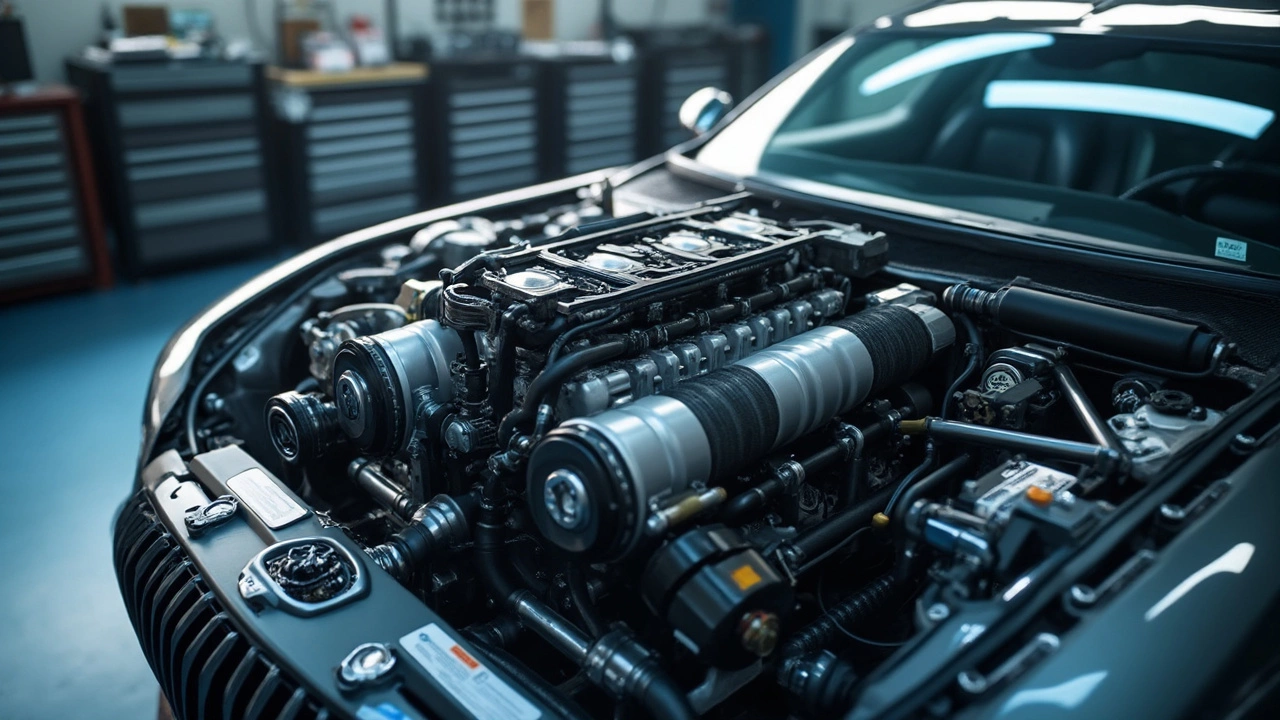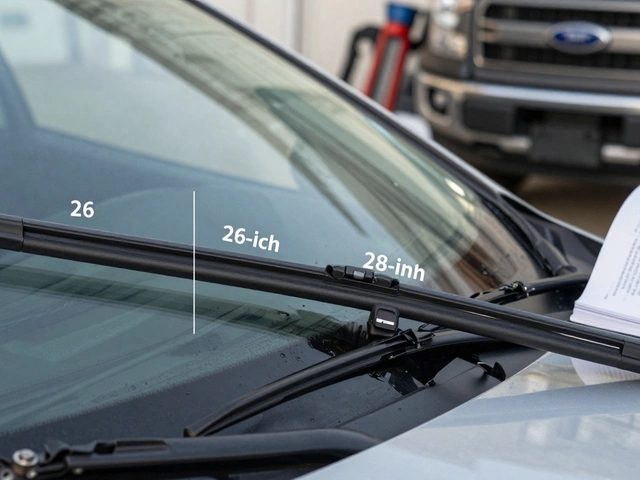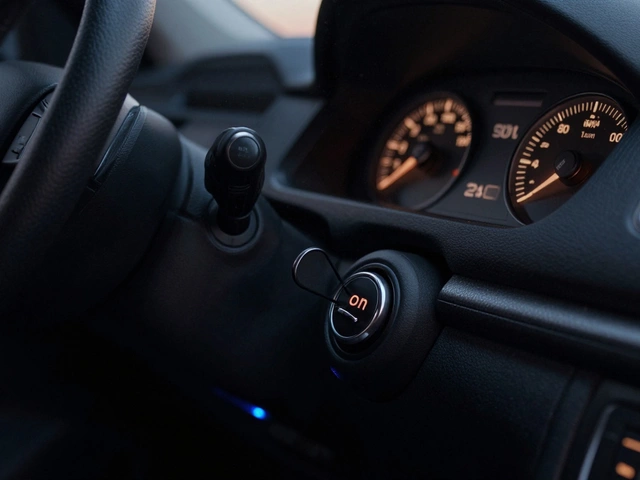Automotive Technology: What’s Really Under Your Hood and How It Works
When you think of automotive technology, the integrated systems that control, monitor, and improve vehicle performance and safety. Also known as modern car systems, it includes everything from engine sensors to digital dashboards that tell you when something’s wrong before you even feel it. It’s not just fancy screens and Bluetooth—today’s cars are rolling computers with dozens of sensors watching your brakes, fuel flow, suspension, and even how hard you’re pressing the pedal. And if one part fails, it can throw off the whole system.
Take the fuel system, the network that delivers fuel from tank to engine under precise pressure. Also known as fuel delivery system, it’s not just a tank and a pump—it’s a finely tuned circuit that modern cars monitor in real time. A failing fuel pump won’t just make your car stall; it can trigger error codes, hurt fuel economy, and even damage the engine if ignored. Same goes for the suspension system, the parts that absorb bumps and keep tires planted on the road. Also known as car suspension, worn shocks don’t just make your ride bumpy—they reduce braking distance, increase tire wear, and can even affect steering control. And then there’s the brake maintenance, the ongoing care of pads, rotors, and hydraulic components that stop your car safely. Also known as brake system upkeep, skipping rotor checks or ignoring squealing pads isn’t just cheap—it’s dangerous. These systems don’t work in isolation. A bad suspension can strain your engine. A clogged air filter can mess with fuel efficiency. A failing battery can make your diagnostic lights flash for no reason.
What you’ll find here isn’t theory. These are real problems drivers face every day: a car that won’t start because the fuel pump gave out, brakes that grind because rotors were ignored, shocks that let the car bounce over potholes like a washing machine. We cover what you can check yourself with basic tools, when to call a pro, and what actually matters when you’re deciding between repair and replacement. No jargon. No upsells. Just what you need to know to keep your car safe, save money, and avoid being stranded.





